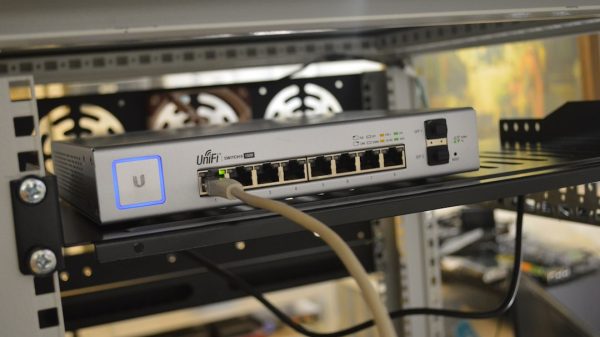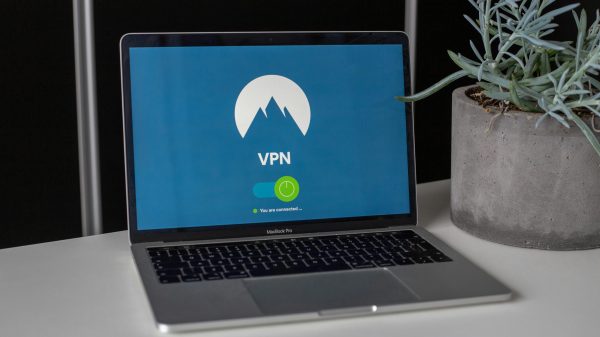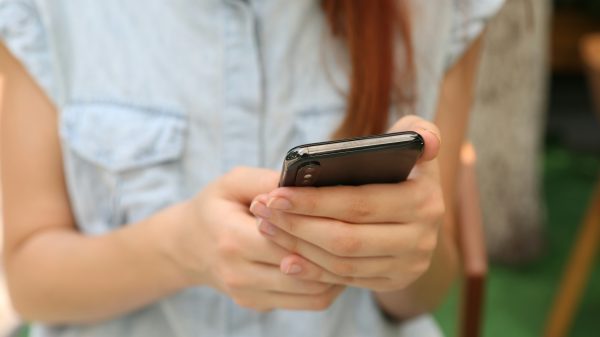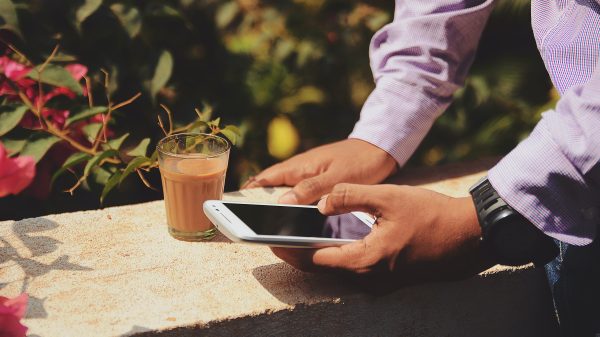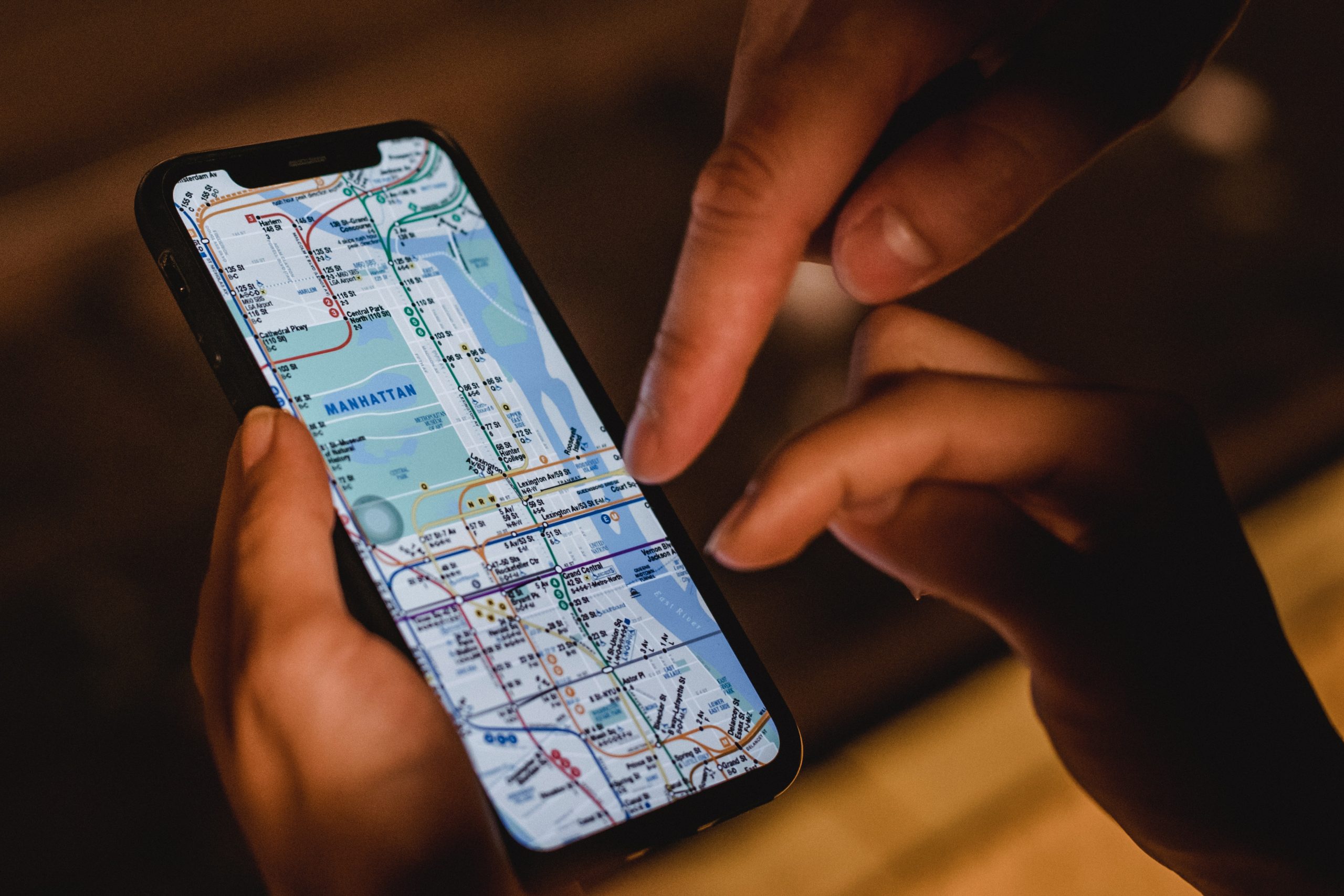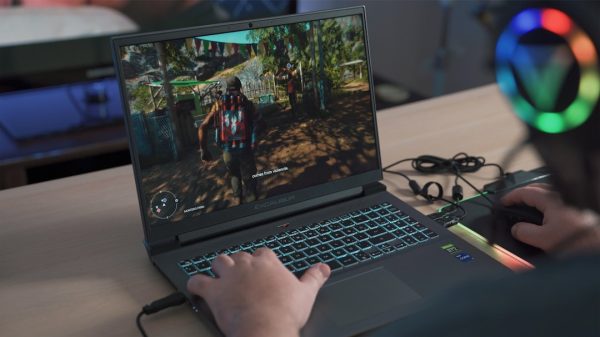With the increasing dependency on smartphones in our daily lives, losing or misplacing them can be a nightmare. Fortunately, there are several methods to track down your lost phone, one of which is through pinging. Pinging a phone involves sending a signal to the device that prompts it to respond with its location data. This technique can be especially helpful when you need to locate your phone quickly and accurately.
In this article, we will guide you through the process of pinging a phone and finding its location. Whether it’s an iPhone or an Android device, we’ll cover everything you need to know about using ping technology effectively. We’ll also provide some tips and tricks for avoiding losing your phone in the first place.
How does phone ping work?
Phone pinging works by using the Global Positioning System (GPS) technology in your device. When you ping a phone, it sends a signal to the phone’s GPS system, which then responds with its location information. The process of pinging a phone can be done through various methods such as using software or making a call to the phone.
One of the most common ways to ping a phone is through mobile carrier providers. These companies have access to location data for their customers’ devices and can provide it when requested by law enforcement or emergency services. However, this method requires proper authorization before accessing such data.
Another way is using tracking software like Find My iPhone or Google Maps, which allows you to track your own device or someone else’s if they have enabled sharing their location with you. This method requires that you have access to the person’s Apple ID or Google account credentials and have enabled location sharing on their device.
Overall, pinging a phone is an effective way of locating lost phones or tracking someone’s whereabouts, but it should only be done appropriately and legally.
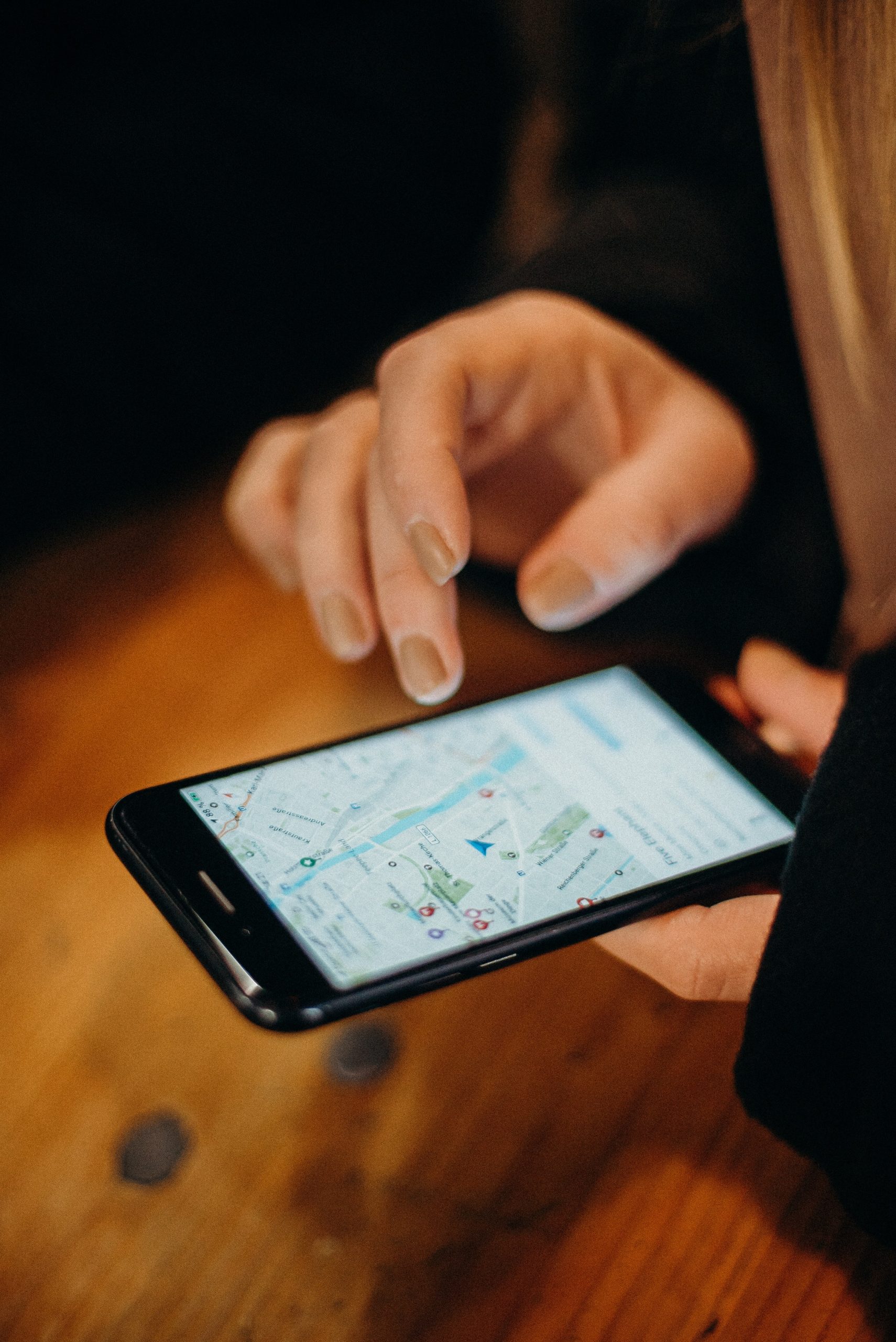
Legal issues to consider
When using location tracking technology, it is important to consider the legal implications. First and foremost, it is crucial to obtain proper consent before pinging a phone to find its location. This can be done through a written agreement or by obtaining verbal consent from the owner of the phone. Without proper consent, this action can be considered stalking or invasion of privacy.
Another factor to consider is the legality of location tracking in your specific area. In some states or countries, there are laws in place that restrict or prohibit certain types of location tracking without a warrant or court order. It is important to research and understand these laws before attempting to ping a phone for its location.
Lastly, it is important to store any data collected through location tracking in a secure manner and only use it for legitimate purposes such as finding lost devices or providing emergency assistance. Misusing this information can result in legal consequences such as lawsuits for invasion of privacy. Overall, when utilizing any form of technology that involves personal data, it is essential to stay informed about the relevant legal issues and act responsibly within those parameters.
Steps to ping a phone
Firstly, you need to have access to the phone that you would like to ping. This can be done either by asking the owner for permission or having remote access if it is your own device. Once you have access, go to the phone’s settings and enable location services. This allows the phone’s GPS system to provide accurate coordinates of its location.
Next, download a third-party tracking app such as Find My iPhone or Google Find My Device. These apps allow you to track a phone’s location remotely from another device. Once installed, log in using your credentials and input the targeted phone’s details.
Finally, use the app’s ping feature which sends a signal to the targeted device requesting it to provide its current location. Within seconds, you should receive an update on its exact coordinates along with other relevant details such as battery level and network strength.
It is important to note that pinging someone else’s phone without their consent is illegal and considered an invasion of privacy. Always obtain permission before attempting this technique unless it is an emergency situation where safety is at risk.
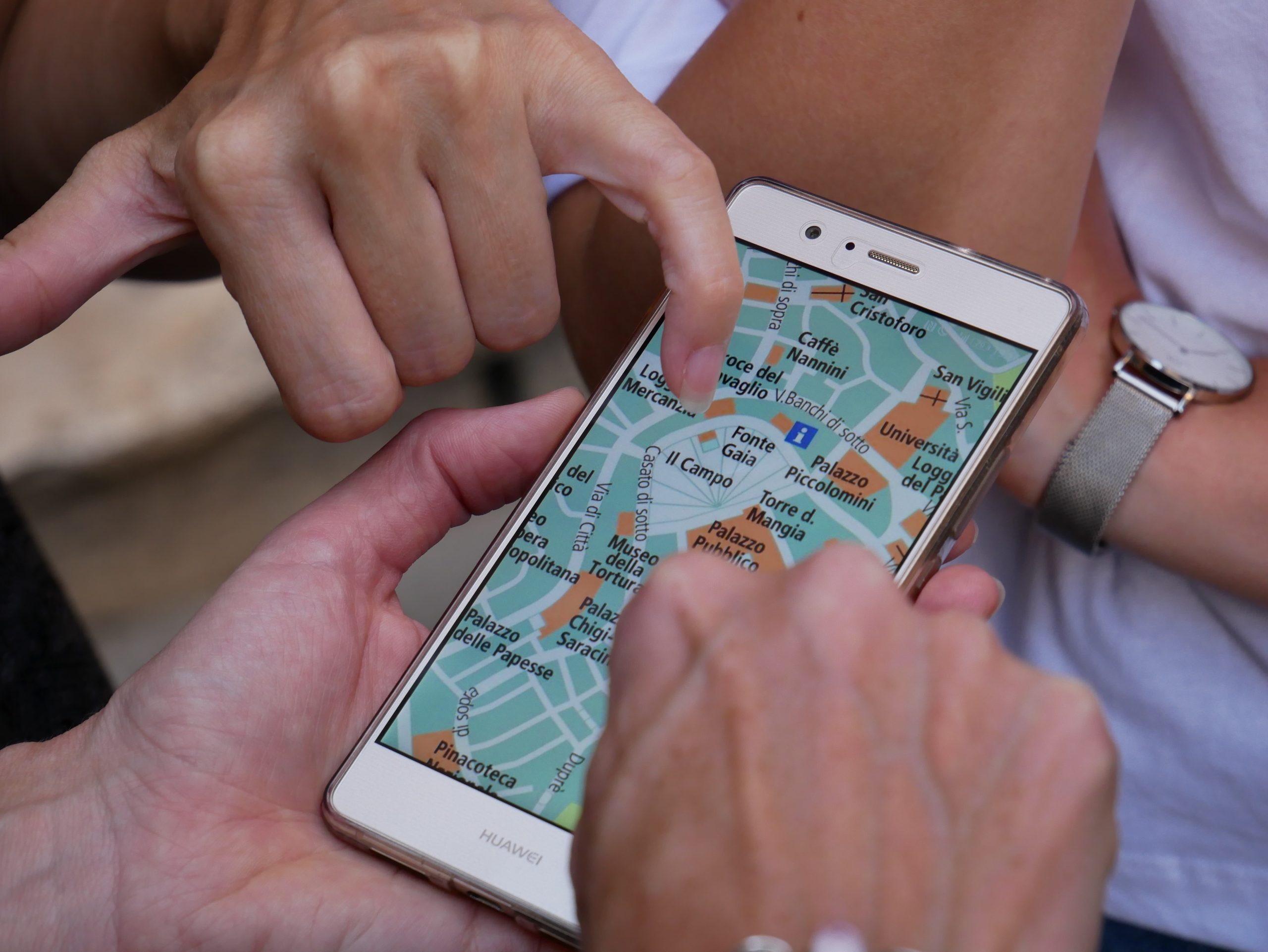
Alternative ways to locate a lost phone
Alternative ways to locate a lost phone would be through the use of tracking apps or software. Nowadays, most phones come equipped with GPS systems that allow for location-based services. By enabling location services and connecting your phone to a tracking app, you can easily find the whereabouts of your phone at any given time.
Another way to find a lost phone is by logging into your Google or Apple account from another device and using the Find My Device/Friends feature. This feature allows you to see where your phone is located on a map and gives you options like ringing the device, locking it, or even erasing all data if necessary.
Lastly, there are also physical devices such as Bluetooth trackers that can be attached to your phone case or keychain. These devices work by sending out a signal that can be picked up by other nearby Bluetooth-enabled devices, such as smartphones or tablets. By using an app associated with these trackers, you will be able to track down your lost item quickly and efficiently.
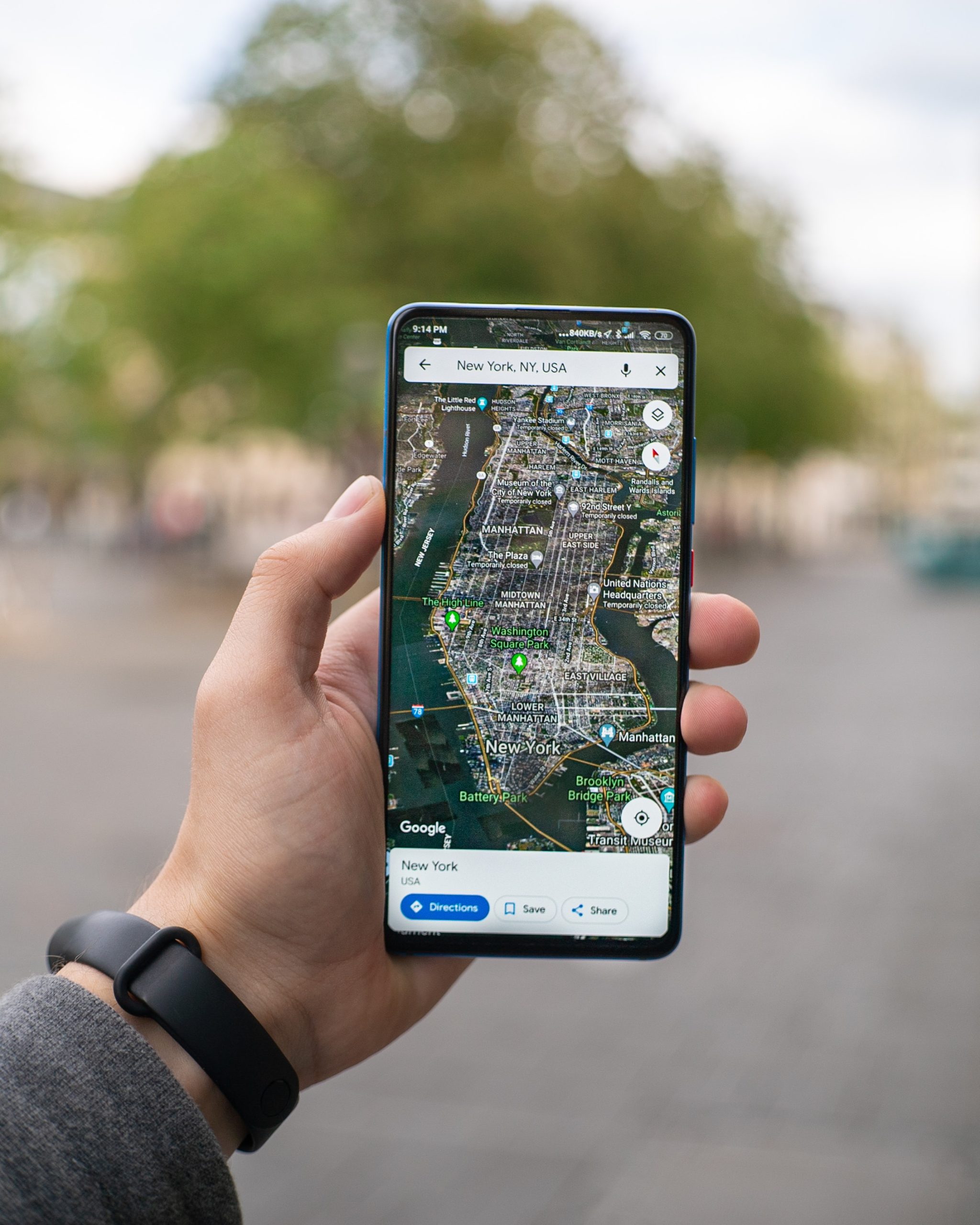
Conclusion
In conclusion, pinging a phone to find its location can be a useful tool in various situations. Whether you have lost your phone or want to keep track of your child’s whereabouts, it is a simple and effective solution that does not require any additional software or apps.
However, it is important to note that pinging someone else’s phone without their consent can be illegal and unethical. It is essential to respect people’s privacy and only use this method for legitimate reasons.
Overall, if used responsibly, pinging a phone can provide peace of mind and help locate lost devices quickly. Just remember to follow proper guidelines and laws when using this feature to avoid any legal consequences.














